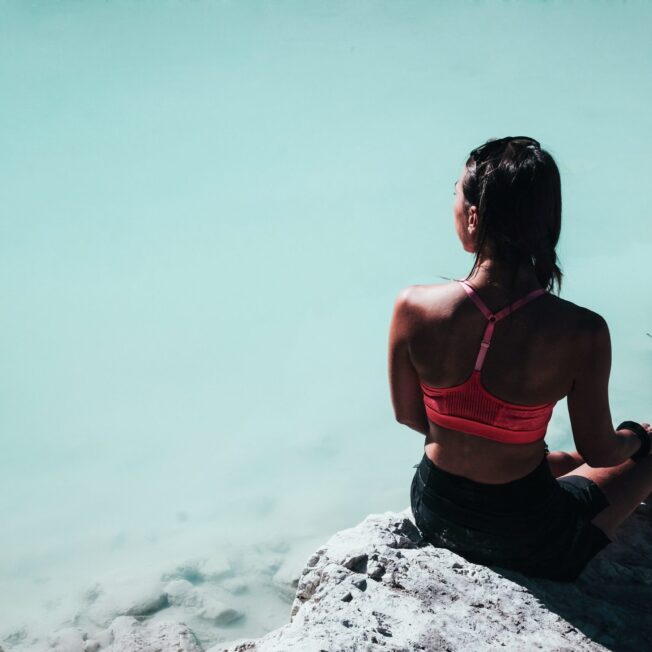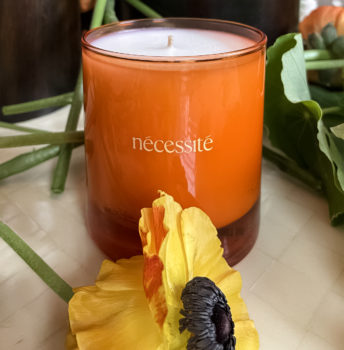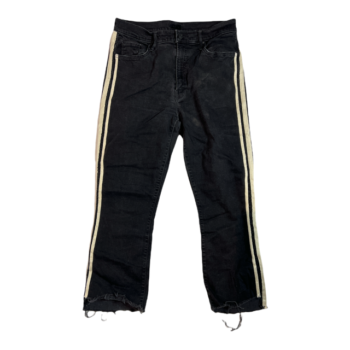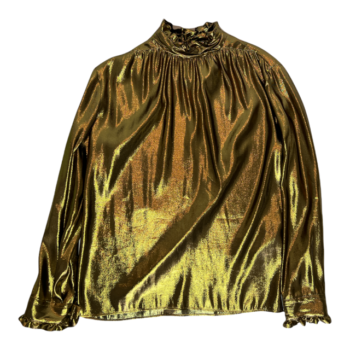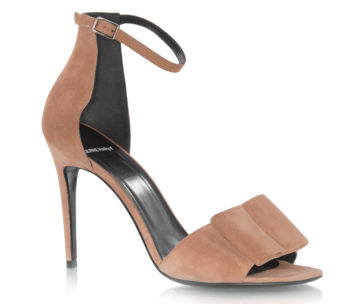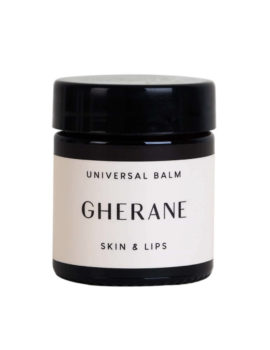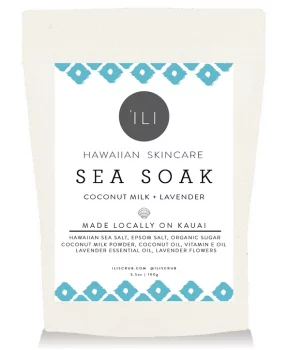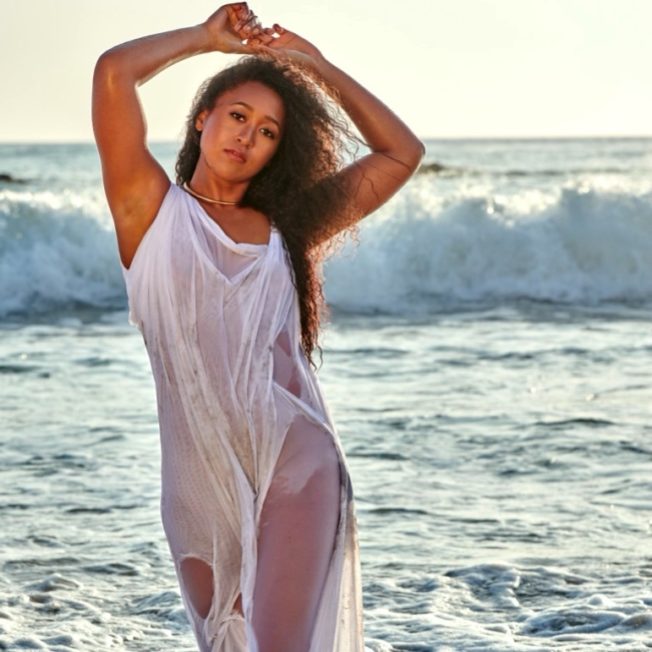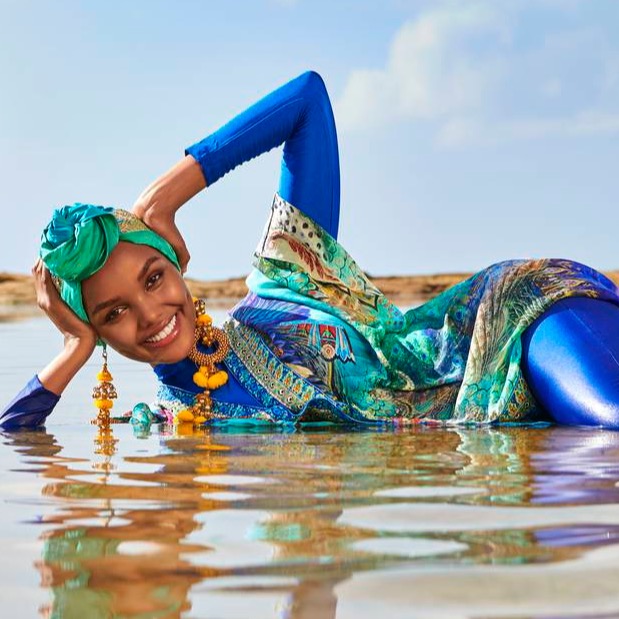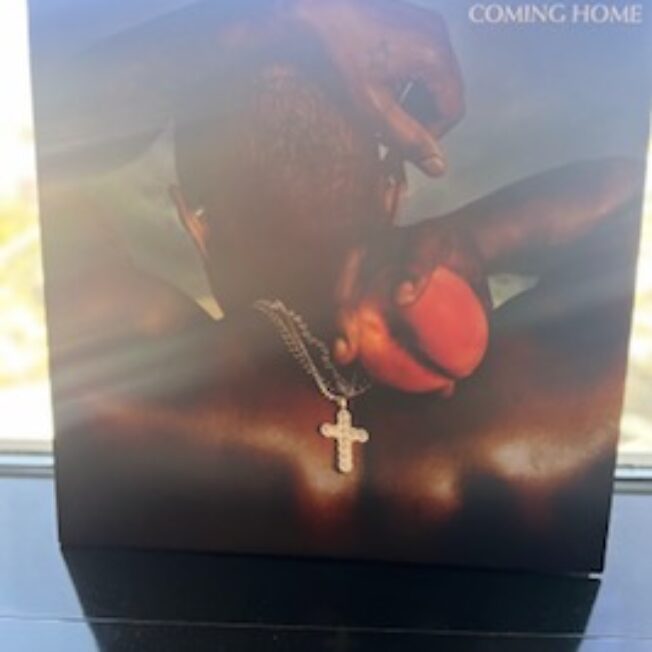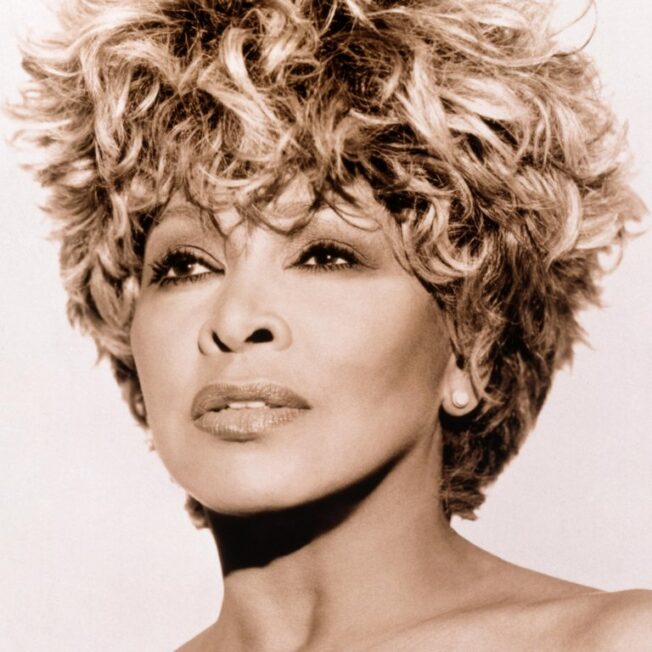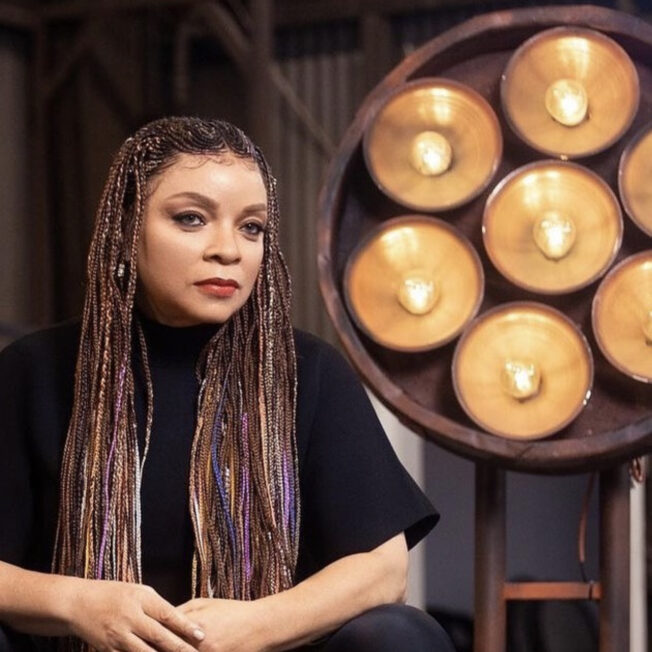Naomi Osaka can’t stop making history. Osaka recently became the first Black female athlete to appear on the cover of “Sports Illustrated” for their annual swimsuit issue. The 23-year-old athlete was in great company, appearing in one of three covers, which included Megan Thee Stallion, who became the first rapper to be on the cover, and Leyna Bloom, who became the first transgender cover model in addition to the first transgender person of color to appear in the magazine.
The tennis superstar graced the cover, shot by Yu Tsai, wearing a black asymmetrical one-piece swimsuit adorned with mesh cutouts throughout. MJ Day, SI Swimsuit Editor-in-Chief, said in a press release regarding the historic cover, “She’s spent her formative years racking up titles and is headed to the Olympics. But we celebrate Naomi for her passion, strength, and power geared towards consistently breaking barriers when it comes to equality, social justice, and mental health.”
“Opening Eyes, Speaking Truths and Changing Minds.”
For this year’s issue, which hits stands on July 22, the magazine created a theme: “Opening Eyes, Speaking Truths and Changing Minds.” All in all, the magazine will feature a total of 25 women, but having Osaka, Bloom, and Megan Thee Stallion as the main cover stars was a conscious choice by the magazine to embrace their theme and make “Sports Illustrated” a more inclusive community, year after year.
“If there’s one thing that our cover models have in common, it’s that they don’t have one thing in common,” Day said. “They look different, have different upbringings, have different passions and inspirations. But each is a reminder that beauty comes in many forms.”
Historically, Black women haven’t been represented as cover stars for the annual swimsuit issue. In 1996, Tyra Banks became the first Black woman to ever appear on the magazine’s swimsuit issue, though she posed alongside fellow model Valeria Mazza at the time. The next year, Banks snagged a solo spot on the cover of the magazine, rocking what became the iconic pink polka-dot swimsuit. It would be another 10 years until another Black woman would appear on the cover of the magazine when Beyoncé graced the cover and another 11 years after that when Danielle Herrington became the Covergirl in 2018.
Osaka’s history-making cover
Osaka made history beyond becoming the first Black athlete to be on the cover of the magazine’s swimsuit issue. The 23-year-old became the first Haitian and first Japanese woman to be featured as a cover model as well, making this an even more massive moment not only in her life but in the life of women across the world who see themselves in the young athlete.
“I’m so proud to be the first Japanese and Haitian woman to grace one of the covers. I feel like that multi-cultural background is present in all of the things that I do,” she told the publication in a video interview. “I try to incorporate it in everything, so hopefully, you see that. My memories [of the magazine] kind of involves the people that I grew up admiring, so I remember Tyra Banks’s issue, I remember Beyonce’s. Just growing up and watching so many incredible women grace this cover, for me, it feels like a dream.”
Osaka and Banks had a moment to connect on the historic moment via Zoom in a video for “Sports Illustrated.” The reigning Australian Open champion admitted that she never thought that she would be the first Black athlete to be on the cover of the magazine, but was glad nonetheless that the barrier was being broken once and for all.
“I hope there are many, many more people to come and I’m sure there are going to be.”
Naomi Osaka’s pop culture reign
In her conversation with Banks, Osaka addressed her use of her platform to highlight social justice issues. Over the last year, the young athlete has used her role in the public eye and social media to draw attention to her activism, as well as calling attention to mental health issues that often run rampant, yet beneath the surface, in athletics today.
“For me, I feel like I’ve always been one to not want to use my voice, but then I feel like there’s also a lot of things that have happened and over the past year, I just felt like there has to be someone that speaks about uncomfortable things,” Osaka explained.
Last summer, Osaka began her activism spree in August when she opted out of the semi-finals in the Western & Southern Open in reaction to the shooting of Jacob Blake. Just one month later, she continued to use her platform as a stage to highlight a myriad of other social issues in the U.S. Open. Osaka abided by the rules of the tournament by wearing a mask, except rather than donning plain masks, she took the chance to personalize each with the name of a Black person whose death became central to protests across the nation to fight against racial injustices.
More recently, she made the brave decision to take a brief moratorium on tennis to prioritize her mental health, something she has admittedly been struggling with for years.
Photo Credit: Sports Illustrated



